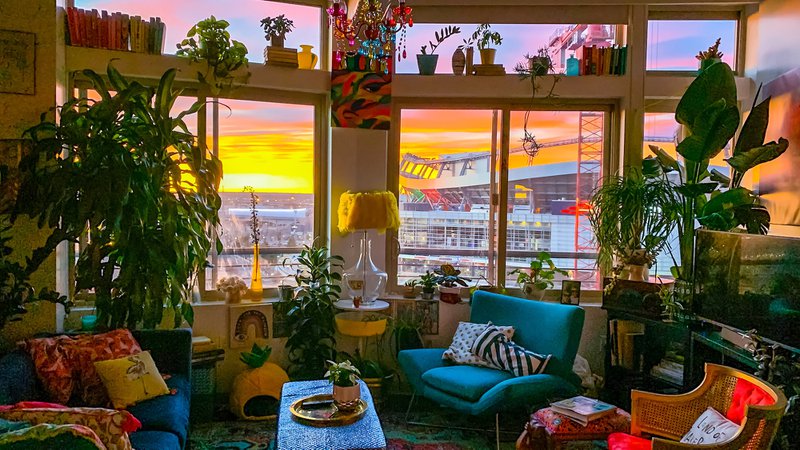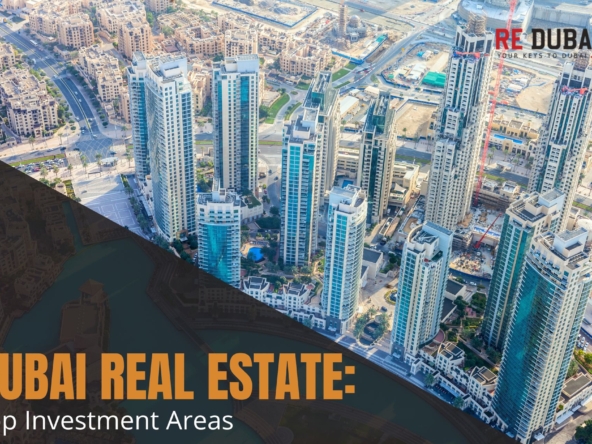The global housing landscape is undergoing a transformation, with the rise of co-living spaces redefining the way people live in urban centers. Dubai, a city known for its innovation and ambition, is no exception to this trend. In the wake of the Covid-19 pandemic, co-living spaces in Dubai are making a strong comeback, offering a compelling alternative to traditional housing options. In this article, we will explore the concept of co-living, its benefits, the latest trends in Dubai's co-living sector, and its impact on the city's real estate market.
The Dubai Housing Landscape
Before delving into the world of co-living, it's important to understand the traditional housing options in Dubai. The city has long been associated with luxurious villas and high-rise apartments, catering to a diverse population of residents and expatriates. However, the demand for innovative housing solutions has been on the rise, driven by changing preferences and demographics.
Understanding Co-Living
Co-living is a concept that relates to shared accommodation options, often embraced by younger tenants or individuals working in the same industry. In Dubai, developers and landlords must obtain special permission to create dedicated co-living spaces. With the growth of co-working, co-living is poised for significant expansion as the city's resident base diversifies, including newcomers in emerging industries like crypto-assets.
Key features that differentiate co-living spaces from traditional apartments include communal areas, shared amenities, flexible lease options, and a strong emphasis on fostering a sense of community among residents.
Benefits of Co-Living
The advantages of co-living are multifaceted. Firstly, it offers cost-efficiency, making it an attractive choice for young professionals and digital nomads seeking affordable housing in Dubai's competitive real estate market. Co-living spaces often come fully furnished, reducing the financial burden of purchasing furniture and appliances.
Secondly, co-living offers flexibility, allowing residents to adapt to changing circumstances easily. With short lease terms and the option to move between different co-living spaces within the same network, individuals can maintain a dynamic lifestyle.

Moreover, co-living spaces promote a sense of community, addressing the growing need for social interaction in a world increasingly dominated by digital communication. Real-life examples, such as Hive JVC in Dubai, highlight the vibrant and interactive living environments that co-living spaces provide, catering to the preferences of the younger and more transient generations.
Co-Living Trends in Dubai
In recent years, Dubai has witnessed a resurgence in co-living spaces. As the city attracts top regional and international talent, co-living is becoming increasingly popular among young professionals who no longer feel tied to office-centric living arrangements. Innovative amenities and services are being introduced to cater to this demographic, further enhancing the appeal of co-living in Dubai.
Who Chooses Co-Living?
The target demographic for co-living in Dubai primarily includes young professionals, expatriates, and digital nomads. These individuals value the flexibility and convenience that co-living offers, allowing them to balance work and leisure seamlessly. With the rise of remote and flexible work arrangements accelerated by the pandemic, co-living has become an ideal choice for those who can work from anywhere.
Impact on the Dubai Real Estate Market
The influence of co-living on Dubai's real estate landscape is undeniable. As developers and landlords consider creating dedicated co-living options in new communities, the market is evolving to meet the changing needs of residents. Co-living and short-term rental options like holiday homes have benefited from increasing regulatory pressure on co-occupation, reducing the supply of flexible, furnished living solutions.
This shift is not only providing an attractive housing alternative but also generating investment opportunities in the co-living sector. Properties that offer a hybrid approach, combining flexible living and working solutions, are commanding a healthy rental premium, ultimately reflecting in higher yields for asset owners.
Challenges and Future Prospects
While the future of co-living in Dubai looks promising, challenges may arise, including competition, maintaining quality standards, and evolving regulations. However, with the city's commitment to innovation and adaptability, these challenges are likely to be met head-on.

The sustainability and growth of co-living spaces in Dubai hinge on their ability to cater to the evolving needs of residents and the ongoing demand for flexible, community-focused housing solutions.
Conclusion
Co-living spaces are on the rise in Dubai, redefining urban living in a city known for its innovation and dynamism. With benefits like cost-efficiency, flexibility, and a sense of community, co-living has gained traction among young professionals, expatriates, and digital nomads. As Dubai's real estate market adapts to this trend, co-living is set to play a significant role in shaping the future of urban living in the city. With the right balance of innovation and regulation, co-living is poised for continued growth and success in Dubai's dynamic housing market.




